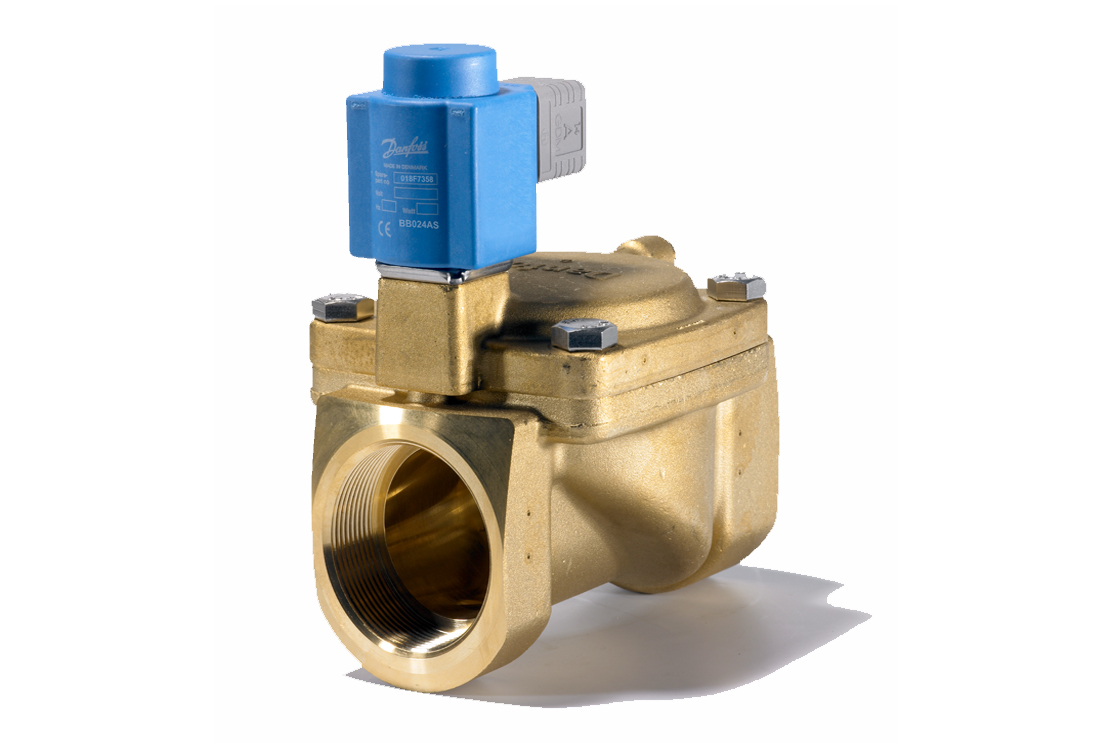You have a lot of components on your system. Even with a safe multiplier of 1.5 your still only at 6.75 ft of head.
If this is your pump just follow the line over where 6ft (or 7) of head intersects with the high setting.
Unless the components on your system are causing a whole lot more resistance than normal design accommodations would account for your should be gulping a lot of water with one pump. Makes me think the second pump is causing harm and creating more head than can be estimated with normal operations.
Head is how much resistance your system provides. 150' of pex should be minimal. Since you have all of those components I recently added a 1.5 multiplier. 150x 1.5x 0.03 (based on pex's resistance per 100',copper we use 0.04 iron pipe 0.06)
That means your system is causing 6.75 ft of head. The designers of your pump say it's designed to do about 8gpm in your system.
I think we're finally on to something here that might explain things. There seems to be a startup ramp that hasn't been part of the equation. Water doesn't go from 0 to 8gpm instantaneously and I'll describe what I see in this application.
Regarding expected pump performance you came up with an estimate of 8gpm (based on 6.75ft of head). I come up with about 6.5gpm (based on actual differential pressure for a single pump of 4psi * 2.31). Both of these flow points of course are on the "Max" curve. So we're pretty close. But here's the rub... I don't think I'm getting anywhere near that kind of flow and I think that startup ramp is why. It seems to take a lot longer that we realize.
With a single pump that longest loop of about 150' takes about 40 seconds to get hot water to the faucet. With about two gallons of water in 150' of 3/4 PEX you would think that your 8gpm or even my 6.5gpm would deliver hot water much faster than that. And we also know it's really just the hot water supply side of the circuit that needs purged plus whatever extra to make up for whatever is lost from cold pipes (basement is always in the low to mid 60s). In this sense the pump is seriously underperforming against expectations and again, I think it's because of that startup ramp.
When I flip the switch and observe the system I notice a few things that indicate this rather long startup ramp. First, based on the lights and sounds from the pump it seems to "think" a bit before it applies full power. These pumps have an ECM motor and maybe that's part of it. It takes a good 7 seconds before the light goes solid blue and it starts to sound like it's spinning full speed. Second, watching the pressures of the two gauges, they start to stabilize at about the 12-15 second mark. But then they continue to drift very slowly after that for another 15 to 20 seconds. Third, that velocity noise I hear in the PEX when two pumps are installed also took a while to ramp up all the way. I never timed it but my recollection is maybe around 10-15 seconds after hitting the switch.
You mentioned this is a very unusual application that you pro's just don't come across and I think this gets to the essence of it. Most application are long-distance runners where this application is a sprinter. Pump curves don't show the startup part of the cycle and plumbers certainly don't think in those terms.
I also think this explains why the extra head from the second pump improves hot water delivery performance so much. That additional head helps in a big way to get that water moving faster and sooner.
Almost from the start of this thread there's been a huge gap in what you've been telling me and what I actually experience with how long it takes to get hot water, and how much that second pump helps. Again, I think this startup ramp notion explains that too.
If I'm on the right track with this startup ramp notion there's just no practical way to determine what the right pump is for this application. It seems it becomes more of an art than a science and that changes everything including my getting the answers I was hoping for. So I think at this point I'll wait for any responses to see if we're on the same page or not. I feel kind of bad I dragged you all through this, especially John who put so much time and thought into it.

